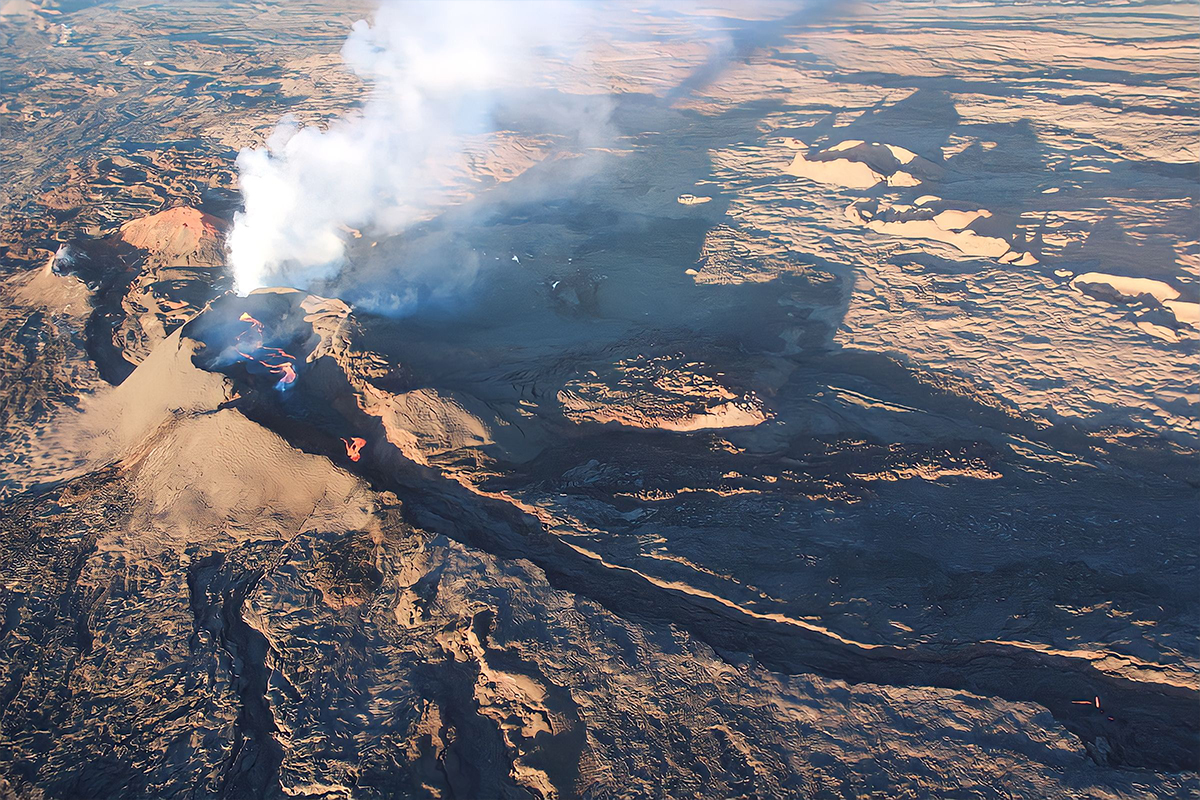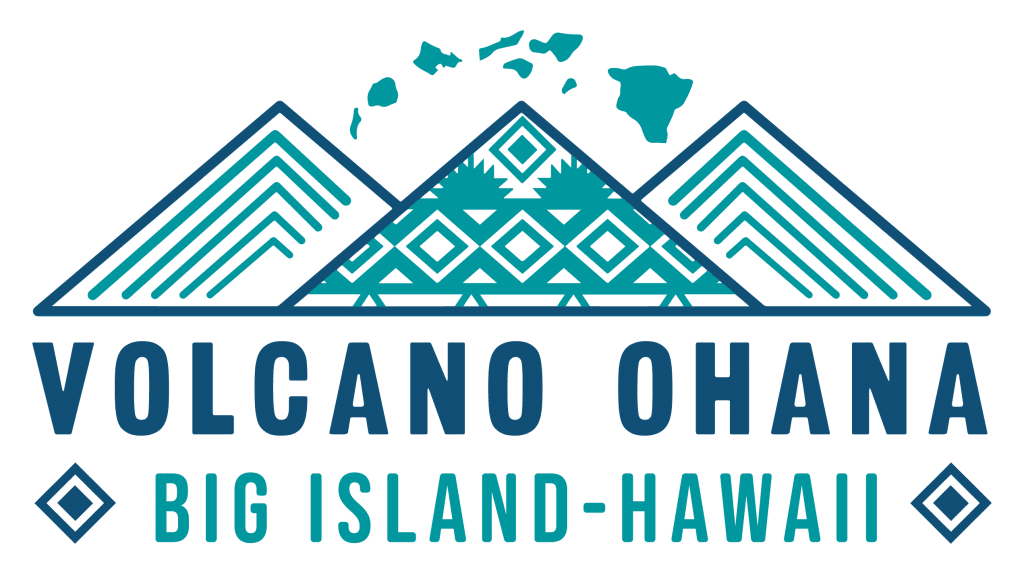Mauna Loa vs. Kilauea: Comparing Hawaii’s Iconic Volcanoes
By: Volcano Ohana | September 4th, 2023
Hawaii, often referred to as the “Paradise of the Pacific,” boasts a volcanic landscape unparalleled anywhere on Earth. Within the Aloha State, two iconic volcanoes, Mauna Loa and Kilauea, capture the attention and awe of visitors and scientists alike. In this blog, we’ll explore the similarities, differences, and unique features of these remarkable volcanoes. However, there’s only so much you can learn from reading about these powerful entities; we highly recommend experiencing their magnificence in person. Fortunately, there are several ways to do so. At Volcano Ohana, we offer the opportunity to witness these incredible forces of nature by joining us on an unforgettable biking journey through Volcanoes National Park with our Fat Tire e-Bike Tours. Alternatively, guests can choose their route within the National Park and rent an E-Bike for a self-guided adventure.

Mauna Loa: The Massive Mountain
Size Matters: Mauna Loa stands as one of the world’s most massive volcanoes, both in terms of volume and height. It soars to an impressive 13,678 feet (4,169 meters) above sea level and extends deep into the ocean, adding another 18,000 feet (5,500 meters) beneath the surface. Its colossal size earns it the title of the largest volcano on Earth.
Lava Composition: Mauna Loa primarily erupts fluid basaltic lava, which tends to flow in relatively gentle, predictable streams. This low-viscosity lava allows it to cover vast areas, making Mauna Loa’s slopes some of the broadest on the planet.
Eruption Frequency: While Mauna Loa has experienced 33 eruptions since its first well-documented eruption in 1843, its activity is characterized by long periods of dormancy, lasting several years to several decades.

Kilauea: The Summit Crater
Unique Location: Kilauea is referred to as a “summit crater” because it’s the highest point on the volcano where volcanic activity is typically most observable. It’s like the volcano’s crowning glory!
Lava Lakes and Ongoing Eruptions: Kilauea is renowned for its summit caldera, which frequently contains a lava lake. This dynamic landscape has experienced several eruptive episodes in recent history, including the well-documented 2018 eruption that reshaped the island’s southeastern coastline.
Diverse Lava Types: Unlike Mauna Loa, Kilauea exhibits a wide range of lava types, from viscous and slow-moving to highly fluid. This diversity in lava composition can result in dramatic and unpredictable eruptions.

Comparing the Two Titans
Lava Composition: The primary distinction between Mauna Loa and Kilauea lies in their lava composition. While Mauna Loa predominantly produces fluid basaltic lava, Kilauea showcases a broader spectrum of lava types, including basalt, andesite, and dacite.
Eruption Style: Mauna Loa’s eruptions are typically characterized by their relatively predictable and slow-moving lava flows, whereas Kilauea’s eruptions can be highly variable, with the potential for explosive events and sudden shifts in activity.
Accessibility: Kilauea offers a unique opportunity for visitors to intimately observe volcanic activity within the confines of a national park. Meanwhile, Mauna Loa, due to its remote and challenging terrain, is a bit more elusive. However, both awe-inspiring volcanoes can be admired from the vantage point of the National Park. Embark on an unforgettable journey with us and allow our expert guides to lead you through this remarkable landscape!
Frequency of Activity: Kilauea is known for its more frequent eruptions and shorter periods of dormancy compared to Mauna Loa.
Conclusion
Mauna Loa and Kilauea, though neighbors on the same island, are distinct in their size, lava composition, eruption style, and accessibility. Together, they provide a window into the dynamic and ever-evolving nature of volcanic processes. Visitors to the Big Island of Hawaii have the unique opportunity to explore and appreciate these iconic volcanoes, each with its own story to tell and a landscape unlike any other on our planet. Whether you choose to witness the majesty of Mauna Loa or the fiery spectacle of Kilauea, the experience is sure to leave an indelible mark on your memory.
Volcanoes National Park e-Bike Tour
- Fat Tire E-Bike for Each Person
- Length of Tour: 3 hours
- Ride Through Volcanoes National Park
- Water & Snacks Included
- Knowledgeable Guides
Volcanoes National Park e-Bike Rental
- Fat Tire E-Bike for Each Person
- Length of Rental Period: 3 hours
- Create Your Own Adventure
- Ride Through Volcanoes National Park





Recent Comments